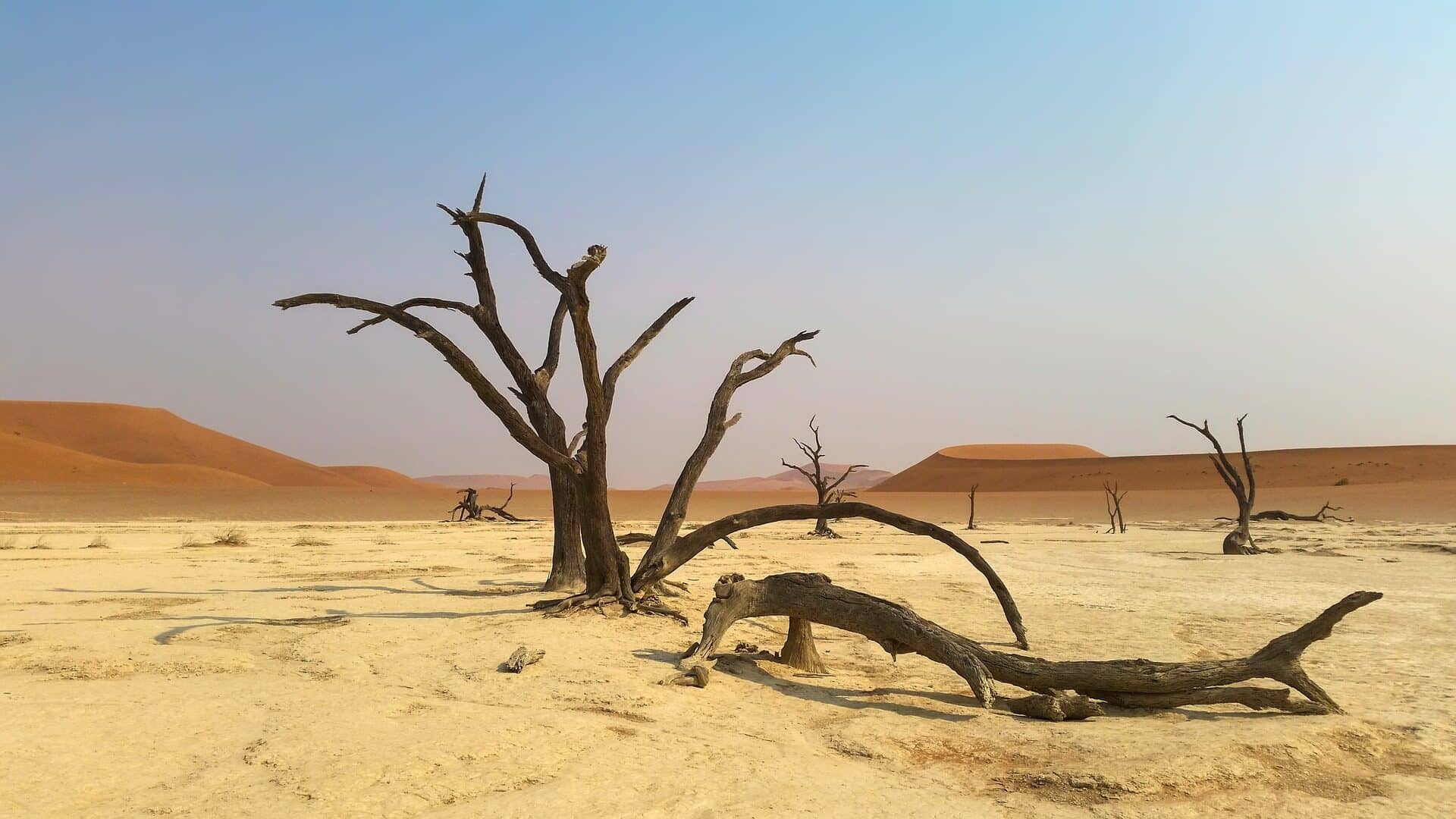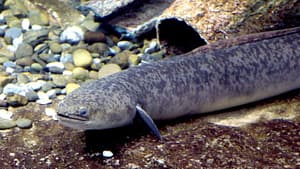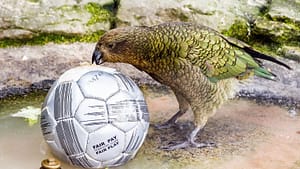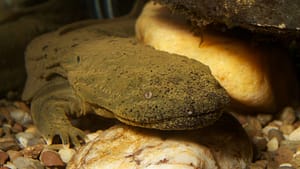What if we could pull water out of thin air? A technology like this would change the lives of billions of people who currently struggle to get access to clean, safe water. But is it possible? Our hero on this journey is an unexpected one: a beetle. And if we can unlock their water-collecting secrets, it would fundamentally change the lives of people around the globe.
How will a beetle change the world? This story is a perfect example of how even our tiniest neighbors can inspire us with nature’s incredible technology.

Let’s meet-le the beetle! (Sorry.)
How in the world is a beetle able to pull water out of thin air? And why wouldn’t it just go to… say… a puddle for a drink?
No bigger than an almond, these Namib Desert beetles have evolved in a very special environment, where the only source of water exists in the air.
It’s a place called a “cool coastal desert,” where the cold currents in the water of (in this case) the Atlantic Ocean off the southwestern coast of Africa prevent the air in the area from gathering the necessary moisture for rainfall, meaning that there is very little rain near the coast. Without frequent rain, the wind blows the sand into ginormous dunes that tower sometimes over 1,000 feet tall all along the coast. (One of these dunes in the Namib Desert is even nicknamed “Big Daddy”!) 1
In any given year, areas of the Namib Desert will only get between 5-85 millimeters of rain, total. 2
But because of the cool currents of the Atlantic Ocean, water comes to the plants and animals that live there in a different way.
In the morning, as the air right above the ocean cools, fog forms and the wind rolls it across the land. Now, our beetle buds spring into action, collecting water in a process called “fog-basking.” Heading to the top of a sand dune, they orient their bodies just right, let the water collect on their backs, and roll it right into their mouths! For decades now, we’ve been trying to figure out what it is about these beetles that gives them this unique superpower of drinking without water.
“It’s very literally like trying to catch a cloud, and pin it down,” describes the host of our video today from Science Insider, as they introduce us to the ways these humble, thirsty beetles are inspiring a whole wave of new innovations. It’s a fascinating look at a mystery that’s in the midst of being solved, and the inspiration we can glean from looking closer at those we share this world with.
Check it out!
It’s an innovation that’s inspired by nature and can be added to human-made structures that already exist!
Science Magazine even noted that alongside turning the outside of refugee tents into fog-collecting super-machines, they’re also thinking about a self-filling water bottle. Imagine that. Having your water bottle fill itself? Read more about it in an article by Eva Frederick, here.
If you’d like to see more content from Science Insider, make sure you head over to their YouTube channel and subscribe.
“If we understand the beetle’s game, then we can play it differently towards greater effect.”
– Dr. Hunter King, Assistant Professor of Polymer Science at the University of Akron
When we see how other creatures have evolved to thrive, we can find ourselves working better within our own environments to accomplish what we need. It’s not about taking the Earth’s resources. Rather, it’s about studying what’s already happening and then harnessing that to bring about great innovations, naturally.
Another great example of this is a bacteria that has naturally evolved to eat plastic. Oh yeah, it’s developed a taste for our manufactured containers, and scientists are studying how to replicate the system for a great impact. Discover this exciting way we’re learning from nature in this article:
These Bacteria Have Found a Way to Break Down Plastic!
Could it be that single-celled organisms have found a solution to our plastic problem? It turns out that nature is far more adaptable than we may think—and we can use their skills to combat plastic pollution!
Read Article Watch Video Listen to PodcastAs many creatures as there are on this planet, there are 10x more lessons we can learn from them. So, as always, stay open to new possibilities. You never know what life-changing wisdom a little bug may give you.
- Sam

Don’t miss out on a single article!
Enjoy unlimited access to over 500 articles & podcast that give you a positive perspective on the state of the world and show you practical ways you can help.
Notes:
- https://www.facebook.com/cbckidsca. “A Sea Made of Sand and a Foggy Desert — Namibia’s Namib Sand Sea | CBC Kids.” CBC Kids, 2021, www.cbc.ca/kidscbc2/the-feed/a-sea-made-of-sand-and-a-desert-with-fog-namibias-namib-sand-sea. Accessed 9 Feb. 2021. ↩
- “Namib | Location, Map, Climate, Plants, Animals, & Facts | Britannica.” Encyclopædia Britannica, 2021, www.britannica.com/place/Namib. Accessed 9 Feb. 2021. ↩
- Science Insider. “How This Beetle Could Help Solve Our Water Crisis | Evolutionary Tech.” YouTube, 16 Aug. 2020, www.youtube.com/watch?v=IoflT3Uvels. Accessed 9 Feb. 2021. ↩








